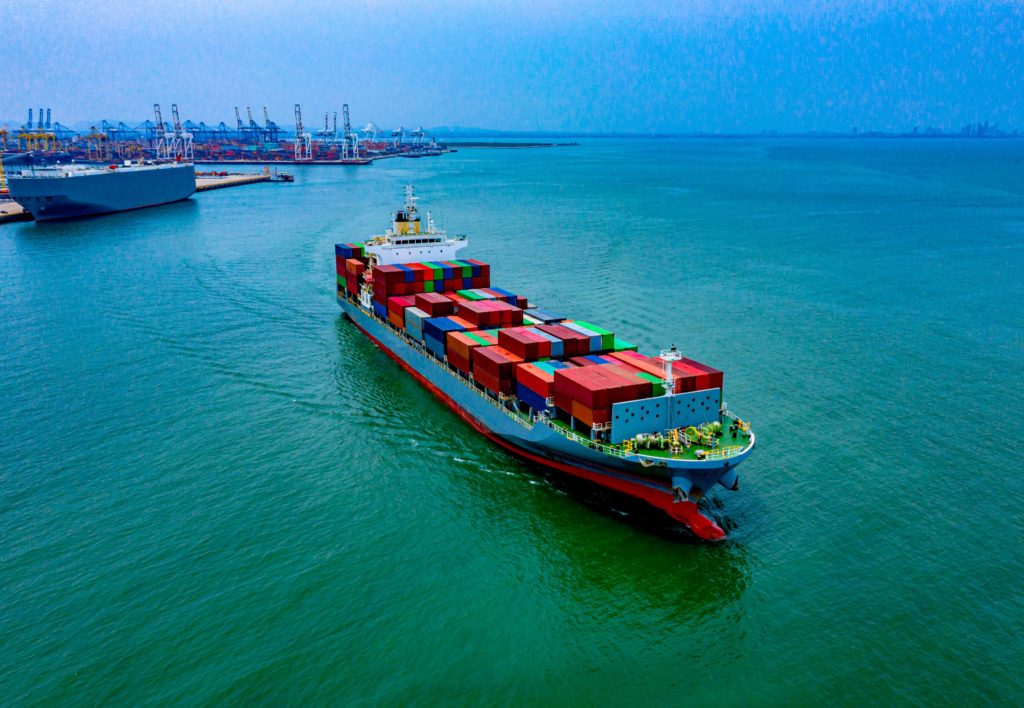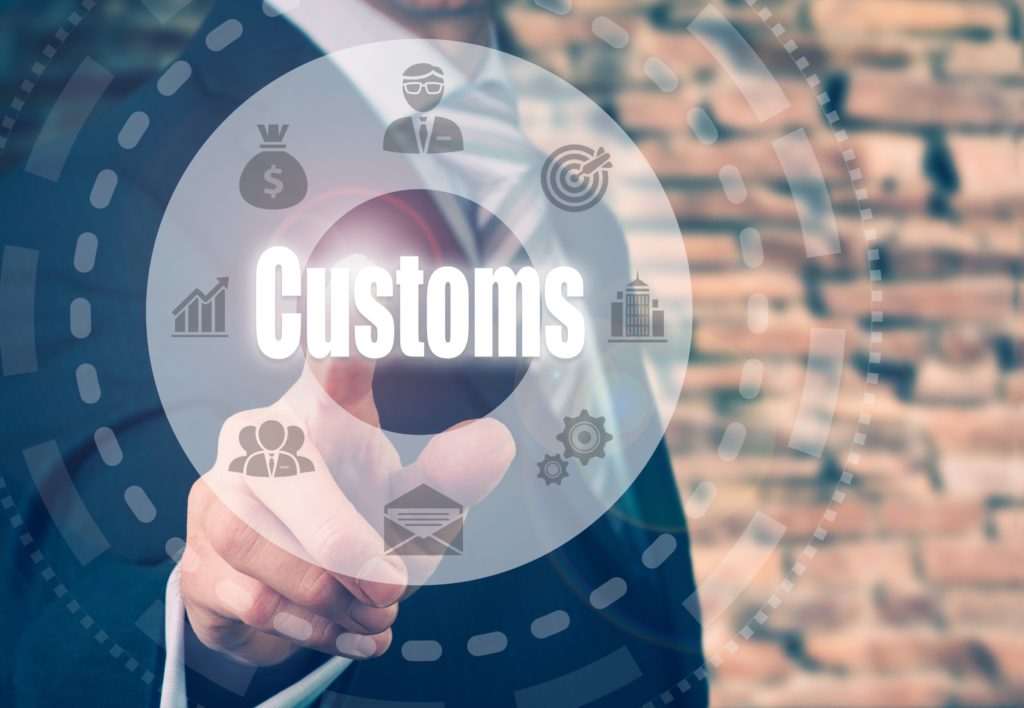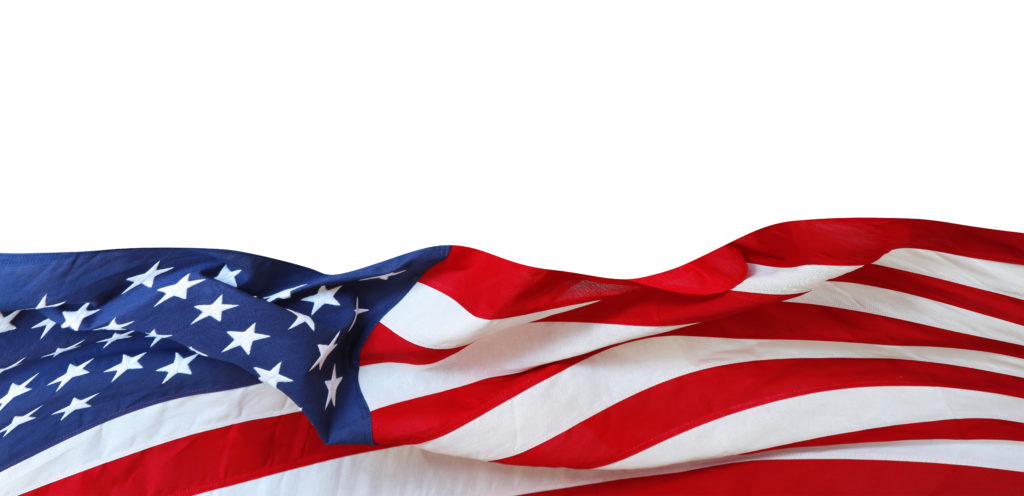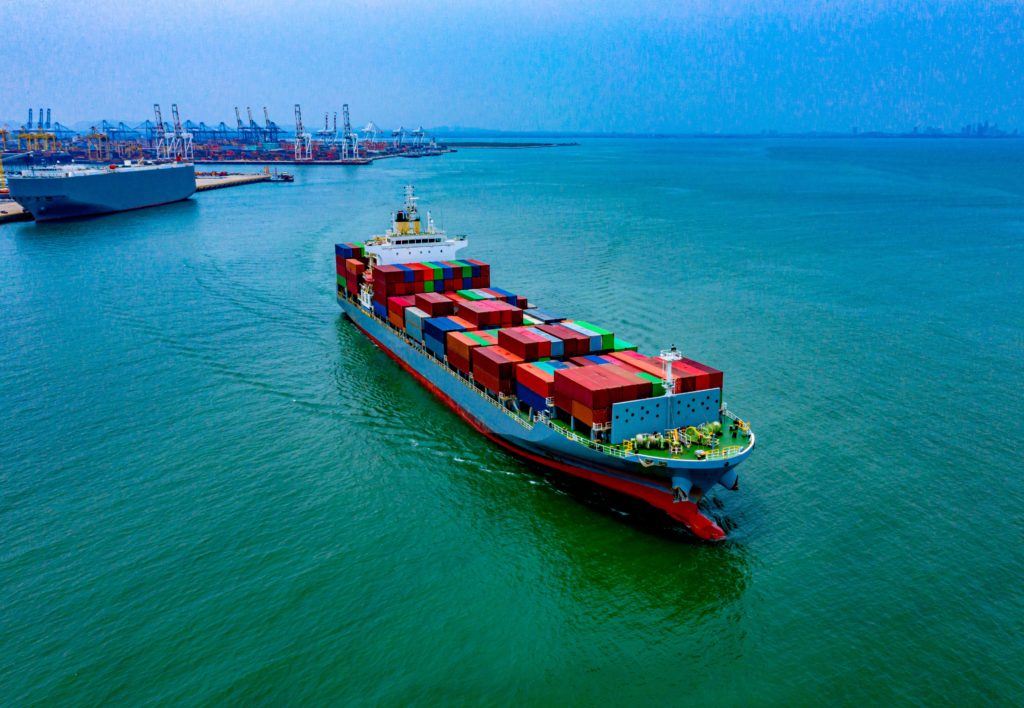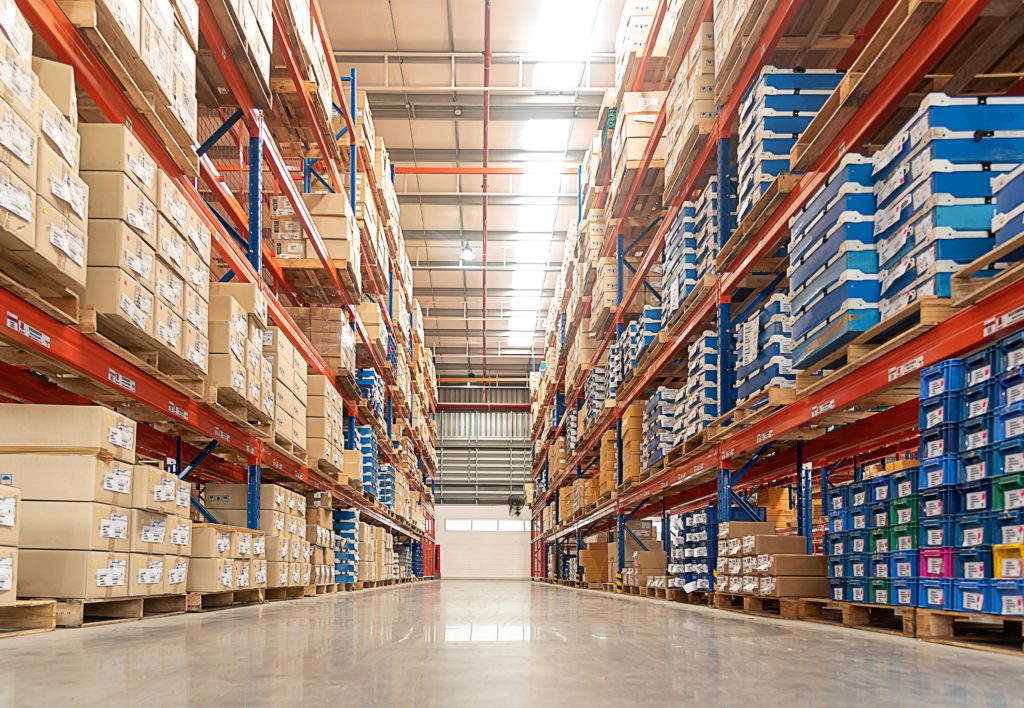Importing Tobacco Products
Importing Tobacco Products into the U.S.
Tobacco Products Imported into the US
Tobacco products imported or offered for import into the United States must comply with all the applicable requirements of the FDA’s laws and regulations. The FDA's Center for Tobacco Products (CTP) carries out the Family Smoking Prevention and Tobacco Control Act (Tobacco Control Act).
The term “tobacco product” means “any product made or derived from tobacco that is intended for human consumption, including any component, part, or accessory of a tobacco product (except for raw materials other than tobacco used in manufacturing a component, part, or accessory of a tobacco product)”.
In 2016, the FDA finalized a rule – Deeming Tobacco Products To Be Subject to the Federal Food, Drug, and Cosmetic Act – which extends the FDA’s authority to include the regulation of electronic nicotine delivery systems (such as e-cigarettes and vape pens), all cigars, hookah (waterpipe) tobacco, pipe tobacco and nicotine gels, among others. This final rule also prohibits the sale of “covered tobacco products” to individuals under the age of 18 and requires the display of health warnings on cigarette tobacco, roll-your own tobacco, and covered tobacco product packages and in advertisements.
In-Depth Coverage: Country of Origin
- Country of Origin of Imported Merchandise
- Customs Ruling: Country of Origin
- Country of Origin: Food Products
- Country of Origin: Chemical and Pharmaceutical Products
- Country of Origin & Country of Manufacture: CBP vs. FDA
- Country of Origin: Substantial Transformation or Country of Assembly Test
- Country of Origin and Free Trade Agreement
- Country of Origin and Section 301
This final rule is in effect, as of August 8, 2016. Requirements for these tobacco products are being implemented over a period of time. For more information, review the Effective and Compliance Dates Applicable to Retailers, Manufacturers, Importers and Distributors of Deemed Tobacco Products.
Importers of finished tobacco products may be distributors, tobacco product manufacturers or both. Importers who do not own or operate a domestic establishment engaged in the manufacture, preparation, compounding or processing of a tobacco product are not required to register their establishment or provide product listing. However, they must comply with all other applicable tobacco product manufacturer requirements.
Importing Tobacco Products into the US
How does the FDA verify tobacco requirements at the time of importation?
At the time of importation, the FDA will verify compliance with requirements for tobacco products such as labeling and user fees. The FDA conducts label examinations of tobacco products to verify the product complies with the FDA's laws and regulations. A tobacco product’s label, labeling, or advertising will be reviewed for the following:
- Modified risk descriptors such as “low,” “mild,” or “light,” or any similar descriptor and the product does not have a FDA order in effect
- Advertising warnings for smokeless tobacco
- E-cigarette labeling for therapeutic purposes
- An artificial or natural flavor (other than tobacco or menthol) or an herb or spice that is a characterizing flavor of the tobacco product or tobacco smoke
The FDA reviews the import alert database to determine if the manufacturer or product is subject to detention without physical exam (DWPE). For example, import alert 98-03 Detention without Physical Examination of Smokeless Tobacco Products without Required Warning label lists smokeless tobacco products that did not contain one of four required textual warnings in English. For further information please refer to Submission of Warning Plans for Cigarettes and Smokeless Tobacco Products
Tobacco product manufacturer requirements
If you make, modify, mix, manufacture, fabricate, assemble, process, label, repack, relabel, or import any “tobacco product,” then you are considered a tobacco product “manufacturer.” Importers of “finished tobacco products,” may be tobacco product manufacturers, distributors, or both.
In-Depth Coverage: Importing Cosmetics
Registration and Listing
Every person who owns or operates any domestic establishment engaged in manufacturing tobacco products is required to register the establishment and submit list of products, including labeling and advertisements, immediately upon first engaging in tobacco product manufacturing. The products required to be listed include any “new” tobacco product and deemed “finished tobacco products” manufactured on or after August 8, 2016.
Submit certain changes to the product listing annually by June 30. Examples of changes that require a submission include:
- Introduction of any tobacco products for commercial distribution that were not included in a previous listing
- Discontinuation of manufacturing, preparation, compounding, or processing any tobacco products for commercial distribution
- Resumed manufacturing, preparation, compounding or processing any tobacco products previously listed as discontinued
All domestic manufacturers must re-register their establishments annually by December 31. Also, if certain changes were made to a product listing after the submission deadline of June 30, they must be submitted by December 31. Examples of changes that require a submission include:
Importing Modified Risk Tobacco Products
The FDA defines a “modified risk tobacco product” as any tobacco product that is sold or distributed for use to reduce harm or the risk of tobacco-related disease associated with commercially marketed tobacco products.
As of July 22, 2010, manufacturers or importers of finished tobacco products may not introduce into interstate commerce any tobacco product for which the label, labeling, or advertising contains the descriptors “low, ” “mild,” or “light,” or any similar descriptor without an FDA order in effect.
Importing Smokeless Tobacco – Labels and Advertising Warnings
The FDA prohibits the importation and advertising of imported smokeless tobacco products within the United States unless the product package and advertising bear one of four textual warning statements that must appear on smokeless tobacco advertising.
In-Depth Coverage: Importing Medical Device
Electronic Cigarettes
The FDA finalized a rule in 2016 that extends the FDA’s regulatory authority to cover all tobacco products, including electronic cigarettes (e-cigarettes). The final rule went into effect on August 8, 2016. E-cigarettes that are marketed for therapeutic purposes (for example, marketed as a product to help people quit smoking) are regulated by the Center for Drug Evaluation and Research (CDER). The FDA conducts label examinations to determine if e-cigarettes are being marketed for therapeutic purposes.
Ban on Cigarettes that Contain Certain Characterizing Flavors
According to the FDA’s laws and regulations, cigarettes or any component parts (including the tobacco, filter, or paper) shall not contain an artificial or natural flavor (other than tobacco or menthol) or an herb or spice that is a characterizing flavor of the tobacco product or tobacco smoke.
User Fees
The FDA assesses and collects user fees from tobacco manufacturers and importers. User fees provide the resources needed for the FDA to build a national tobacco product regulation framework to reduce the impact of tobacco use on the nation’s health. Import alert 98-05, Detention without Physical Examination of Regulated Tobacco Products, for Non-Payment of User Fee lists importers who have failed to pay a user fee.
In-Depth Coverage: Marketing and Advertising Compliance
- Federal Trade Commission (FTC) Advertising Rules
- Made in USA Standard
- FTC Regulation on Environmental Claims
- Adverting and Marketing on the Internet
- Label Claims for Conventional Foods and Dietary Supplements
- Dietary Supplement Advertising: What is FTC's Truth-in-Advertising Law?
- USDA Country of Origin Labeling (COOL)
- FTC Rules & Regulations on Food Advertisement
How can I determine if my tobacco product is on an import alert?
The FDA provides a list of import alerts by industry. To view the list of import alerts related to tobacco products visit the import alert for tobacco products page.
How does the FDA verify compliance with the tobacco requirements?
The FDA entry reviewers are trained to verify compliance with tobacco requirements using the information provided to the FDA in the importer’s entry transmission such as:
- Declared manufacturer
- Declared importer/consignee
- Product description
- Affirmations of Compliance (A of C)
These entry declarations may be compared to information in the FDA’s internal database. The reviewer uses these internal databases to determine if the product is subject to DWPE.
The submission of correct and accurate entry data along with the relevant A of C codes will help expedite the entry review process. Submitting accurate information increases the likelihood that your shipment will be processed electronically and not held for manual review because the FDA’s screening tool, PREDICT, can verify the declared information against the FDA's internal data systems. Submitting inaccurate or incomplete information may delay the review of your entry.
Affirmation of Compliance Codes
Affirmation of Compliance (A of C) codes are three letter codes that can be provided at the time of import to facilitate the FDA's review. The FDA uses A of C codes to assist in verifying that your product meets the appropriate requirements. Providing the correct A of C codes reduces the likelihood that your shipment will be held for additional FDA entry review during the FDA’s import screening process. Submission of A of C codes is only mandatory in some instances and is not required for all scenarios. Submitting voluntary A of C codes in addition to all mandatory A of C codes may expedite initial screening and review of your entry.
FDA-Regulated Products and Import Requirements
- What is Food Safety Modernization Act (FSMA)?
- Prior Notice of Imported Foods
- Food Facility Registration
- Risk-Based Preventive Controls for Human Food
- Risk-Based Preventive Control for Animal Food
- Standards for the Growing, Harvesting, Packing, and Holding of Produce for Human Consumption
- What is Foreign Supplier Verification Program (FSVP)?
- Protect Food against Intentional Adulteration
- FDA Regulated Product in Foreign Trade Zone (FTZ)
- Entry Review Process for FDA Regulated Products
- Country of Origin VS Country of Manufacture
- Foods Regulated by FDA or USDA: What is the Difference?
- Label and Labeling Claims for Conventional Food and Dietary Supplements
- What is USDA Country of Origin Labeling (COOL)?
- Import for Export of FDA Regulated Products
- FDA Regulated Products in Personal Baggage or Sending by Mail or Courier
- International Mail Facility (IMF) and FDA Regulation
- Importing Biological Product Regulated by CBER
- Importing Cosmetics and Voluntary Cosmetic Registration Program (VCRP)
- Importing Drugs into the U.S.
- Importing OTC Drugs into the U.S.
- Importing Veterinary Drugs into the U.S.
- Importing Tobacco Products into the U.S.
- Importing Medical Devices into the U.S
- Importing Food Products into he U.S.
- Importing Radiation-Emitting Products into the U.S.
Customs Clearance and Import Requirements
- Entry of Imported Merchandise
- What is Section 321 Entry?
- What is Automated Commercial Environment (ACE)
- What is an Automated Broker Interface (ABI)?
- Who is Ultimate Consignee?
- What is Non-Resident Importer Program?
- Country of Origin of Imported Merchandise
- What is the Country of Assembly?
- What is the FDA's Country of Manufacture?
- Marking of Country of Origin on U.S. Imports
- What is Customs Bond?
- Reconciliation Prototype and Bond Rider
- Who Needs a Customs Broker?
- What is Customs Ruling Program?
- Classification of Imported Goods
- How is imported merchandise appraised?
- What are Import Quotas?
- What are Trade Remedy Duties?
- Antidumping Duty (AD) and Countervailing Duty (CVD)
- What is Foreign Trade Zone (FTZ)?
- What is Importer Security Filing (ISF)?
- What is Temporary Importation under Bond (TIB)
- What is In-Bond Process?
Guidance on customs & logistics solution for traditional and e-commerce importers and exporters
Importer Security Filing (ISF)
An ISF is required when cargo (ocean only) laden on vessel at a foreign port is destined for shipment to the U.S. Under ISF rule, some importing information and details regarding cargo must be transmitted to the CBP at least 24 hours before goods are loaded onto the vessel.
Customs Clearance
All goods imported into the U.S. are required to be declared to CBP. Our customs broker will help you stay in compliance with customs laws and regulations and clear your goods quickly and efficiently with our electronic Automated Commercial Environment (ACE) and Automated Broker Interface (ABI) Single Window System.
Freight Forwarding
Looking for a freight forwarding partner? To move your cargo from its current location through customs to its final destination we will partner with you to find the best way for your business. Whatever your transportation, logistics or customs clearance needs, we will do our best to customize a solution for your needs.
Warehousing & Distribution
Our warehouse facility offers great potential for serving as a regional hub with over 145,000 SF storage capacity close to Los Angeles Airport & Los Angeles/Long Beach Sea port. With our extensive experience in freight services, your import/export cargo will be handled quickly and effectively.
Section 321 Entry
Section 321 entry allows importing free of duty and tax for shipments imported by one person on one day having a fair retail value in the country of shipment not more than $800. We provide our resident and non-resident clients with dedicated ACE eManifest solutions for Section 321 entry of all modes of transportation.
Non-resident Importer Program
If you want to sell your products in U.S. marketplaces, but you are a business owner located outside of the U.S. and do not have an entity or presence in the U.S., you need to be established as a Foreign Importer of Record before your products can be imported into the U.S. We can help you.
E-Commerce
The Internet has made it easy to find and purchase items from almost anywhere in the world. Our e-commerce experts will help you find the right solution for your international transportation, customs clearance, and delivery to your final destination. We also provide value-added repackaging, warehousing and distribution services.

